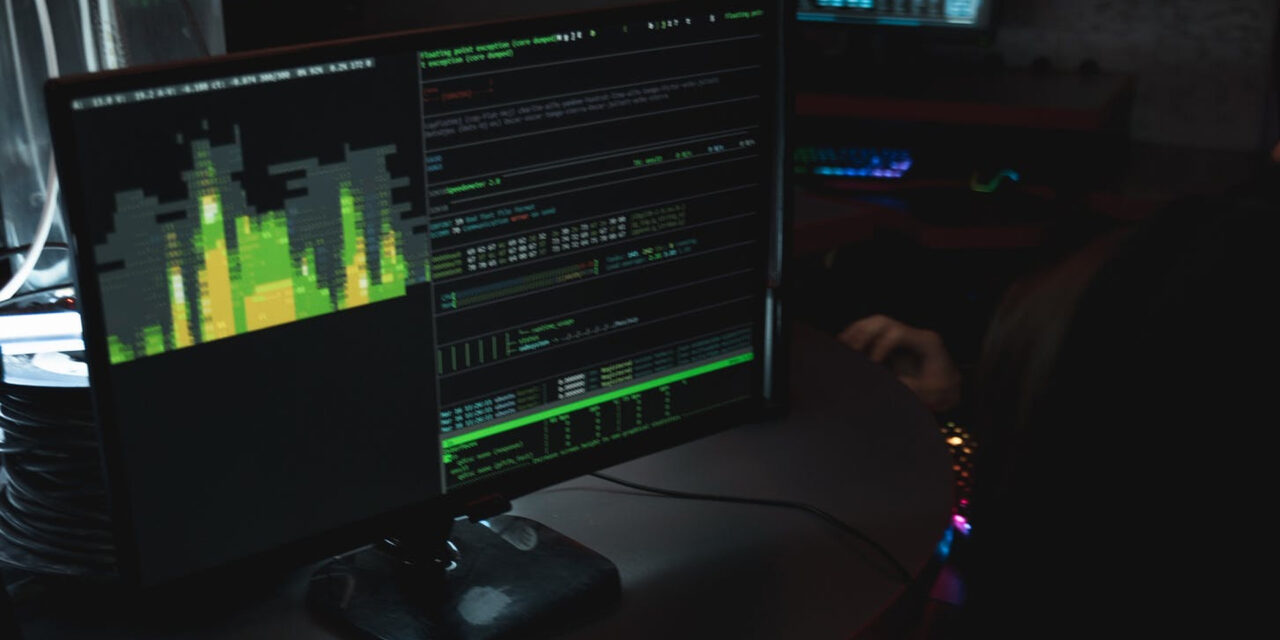Data from a cybersecurity solution provider’s data, threat actors are learning to collaborate and band together for even more effective attacks.
At its annual threat hunting and intelligence conference in October this year, Group-IB researchers unveiled retrospective cyber trends research highlighting four trends worth watching in the year to come.
Individually-run cybercrimes such as carding had been on the decline for the H2 2020 to H1 2021 period of study, while collaborative cybercrime involving Ransomware-as-a-Service (RaaS) and partnerships between ransomware operators and initial access brokers have risen in scale.
Here are the summaries of each trend covered in the research:
-
Trending: sales of access to corporate networks in APAC
In H2 2020–H1 2021, the market for the sale of access to corporate networks continued to flourish and reached US$7,165,387 globally, a 16% YOY increase.
- It should be noted that some sellers do not specify costs for the lots they offer, which creates certain obstacles to evaluating the actual size of this market.
- In APAC, the total cost of all the access to the region’s companies available in the underground totaled US$3,307,210 in the review period, a nearly 7-fold YOY increase. Most of the accesses on the sale belonged to organizations from Australia (36%), India (23%) and China (14%).
- Australia and India have even made it to the global top-5 of countries, access to whose companies was most frequently found in the underground, with a 4%t and 3% share, respectively. They were preceded by the UK (4%), France (5%), and the USA (30%).
The majority of companies affected belonged to the production, education, financial services, healthcare, and commerce.
In the review period, the number of industries exploited by initial access brokers surged by 75% from 20% to 35%, which indicates that cybercriminals were just starting to realize the variety of potential victims. This is also reflected in the fact that the number of countries affected by the sellers of access to corporate networks rose by 62% from 42 to 68. In APAC, the number of attacked countries grew by 50% from 10 to 15, having added Singapore, Indonesia, Malaysia, and South Korea.- The number of initial access brokers continued growing as well, amounting to 262 in H2 2020–H1 2021. At least 229 out of them were newbies to the market. Over the previous review period, the number of active sellers totaled 86. The total number of accesses offered for sale reached 1,099, compared to 362 a year earlier.
Cybercriminals who buy access to corporate networks frequently monetize it with the help of RaaS affiliate programs. Group-IB analysts expect the growing demand for ransomware to contribute to the emergence of new initial access brokers and the general increase in the number of access offers.
- Data Leak Sites as RaaS weapons
Over the review period, Group-IB analysts recorded 21 new RaaS programs, a 19% increase compared to the previous review period.
Meanwhile cybercriminals have mastered the use of Data Leak Sites (DLS), web resources that are used as an additional source of pressure on their victims to make them pay the ransom under the threat of leaking their data in public. However, in practice, even if the ransom is paid, the victim can find its data available in public.- The number of new DLS resources more than doubled during the review period and reached 28, compared to 13 in H2 2019–H1 2020.
- In total, the data on 2,371 companies were released on DLS websites over the review period. This is an increase of 935% compared to the previous review period, when data on 229 victims was made public.
- In the first three quarters of 2021, ransomware operators released 47% more data on victim companies than in the entire 2020. Taking into account that cybercriminals release the data on only about 10% of their victims, the actual number of ransomware attack victims is dozens more. The number of companies that opt for paying ransom is estimated at 30%.
- According to the data from DLS resources, the APAC region ranked third in terms of the number of attacked companies in 2020 and 2021, preceded by Europe and North America.
- In the first three quarters of 2021 APAC’s share in the regional distribution grew from 6.1% to 9.1%. In the current year, the majority of publicly known ransomware attack victims in APAC were from Australia (41), India (24), Japan (16), Taiwan (16), and Indonesia (12).
Globally, the majority of companies targeted by ransomware operators in the current year originated from the United States (49.2%), Canada (5.6%), and France (5.2%), while the majority of organizations affected belonged to manufacturing (9.6%), real estate (9.5%) and transportation (8.2%).
Having analyzed ransomware DLS in 2021, Group-IB analysts have concluded that Conti became the most aggressive ransomware group (361) victims, followed by Lockbit (251), Avaddon (164), REvil (155), and Pysa (118). -
Carding on the decline
Over the review period, the carding market dropped by 26% from US$1.9bn to US$1.4bn compared to the previous study period, attributed to a lower number of dumps (the data stored on the bank card magnetic stripe) offered for sale, which had shrunk by 17% from 70m records to 58m in light of the shutdown of the largest card shop Joker’s Stash.
Meanwhile, the average price of a bank card dump had fallen from US$21.88 to US$13.84, with the maximum price surging from US$500 to US$750.
The market for the sale of bank card text data (bank card numbers, expiration dates, names of owners, addresses, CVV) soared by 36% from 28m records to 38m, perhaps due to the increased number of phishing web resources mimicking famous brands amid the pandemic. The average price for the text data climbed from US$12.78 to US$15.2, while the highest tier skyrocketed 7-fold from US$150 to US$1,000.
In APAC, the carding market had dropped from US$328.7m to US$291.5m in the review period. This was accompanied by the increase in the average price of text card data from US$14.23 to $20.26 and a drop in the price of a dump from US$75.17 to US$39.57. - Phishing and scam partner programs
Another cohort of cybercriminals actively forging partnerships over the review period were scammers. In the last few years, phishing and scam affiliate programs had become highly popular. The research showed the existence of more than 70 phishing and scam affiliate programs.
Participants aim to steal money as well as personal and payment data. In the reporting period, the threat actors that took part in such schemes pocketed at least US$10 million in total. The average amount stolen by a scam affiliate program member was estimated at $83.
Affiliate programs involve large numbers of participants, have strict hierarchy, and use complex technical infrastructures to automate fraudulent activities. This helps scale phishing campaigns and customize them for banks, popular email services, marketplaces, logistics companies, and other organizations.
Phishing and scam affiliate programs, initially focused on Russia and other CIS countries, recently started their online migration to Europe, America, Asia, and the Middle East. This is exemplified by Classiscam.
Group-IB is aware of at least 71 brands from 36 countries being impersonated by such affiliate program members.

















